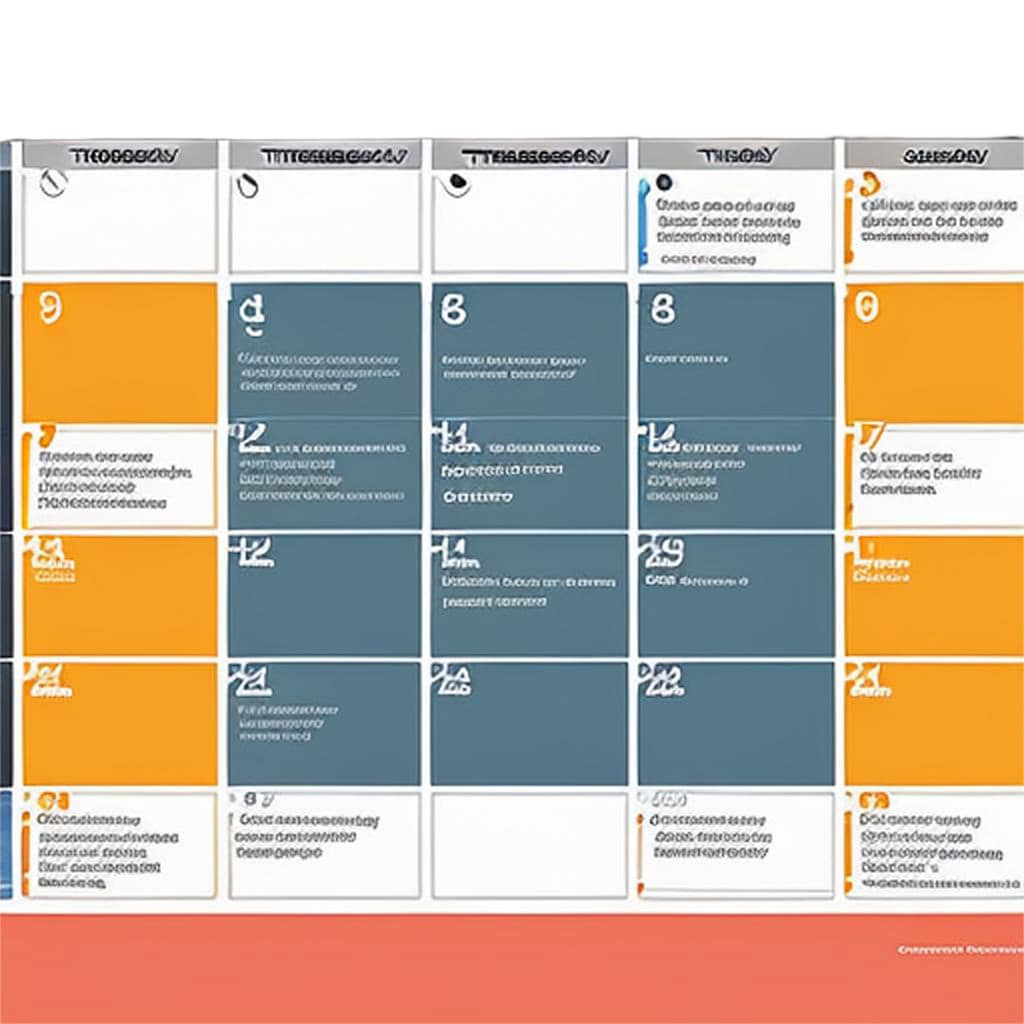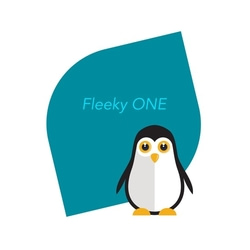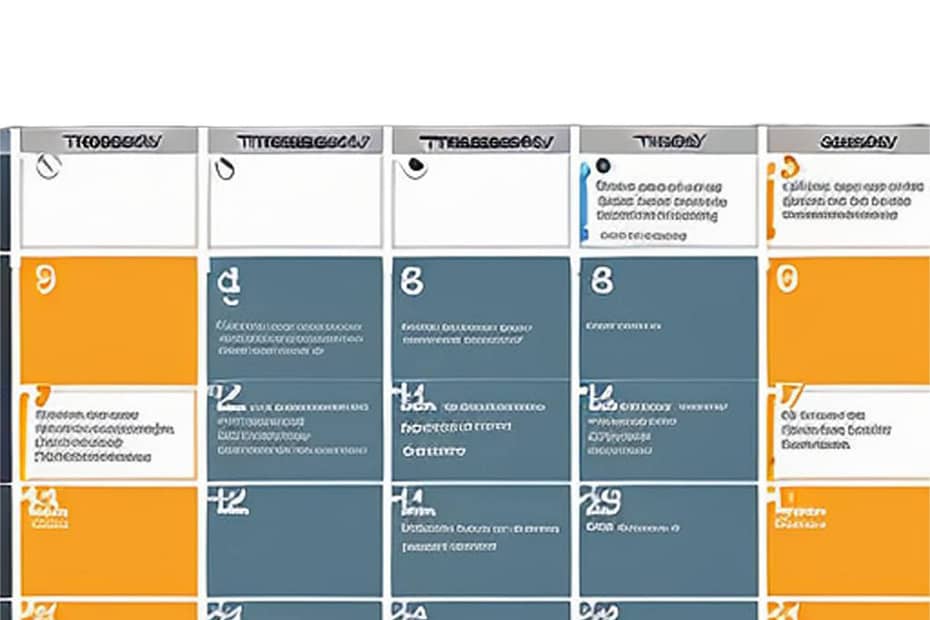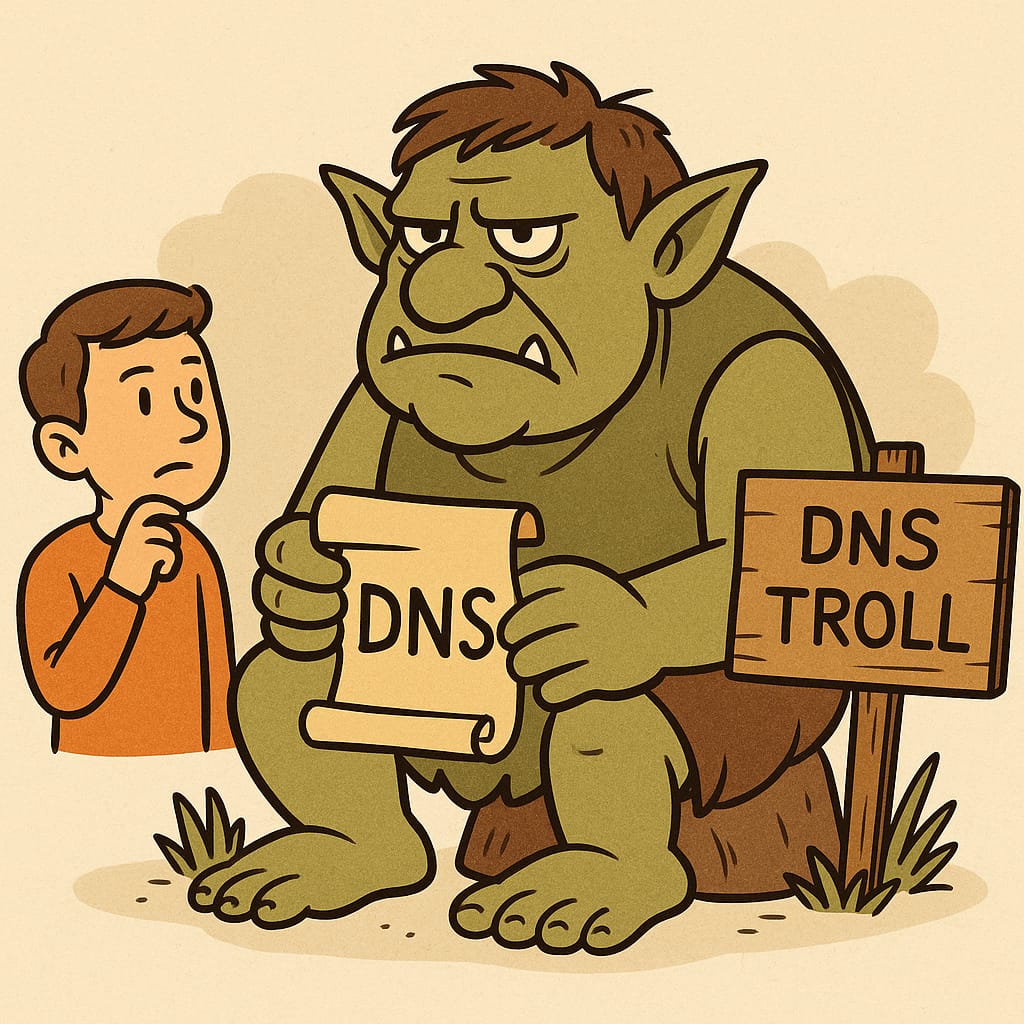
Develop a Content Calendar: A content calendar is a roadmap that guides your content creation efforts. It helps you stay organized, ensures consistent output, and maintains a cohesive narrative throughout your content. Plan your content in advance, considering key dates, events, and industry trends that align with your target audience’s interests.
Content Calendar Mastery: Your Definitive Guide to Effective Content Planning and Organization
In the fast-paced world of content creation, a well-crafted content calendar is an invaluable tool for success. It serves as a roadmap that guides your content creation efforts, enabling you to stay organized, maintain consistency, and deliver a cohesive narrative to your audience. By planning your content in advance and aligning it with key dates, events, and industry trends, you can captivate your target audience and maximize the impact of your content. In this comprehensive guide, we will explore the importance of developing a content calendar and provide actionable insights to help you master the art of content planning and organization.
The Significance of a Content Calendar
A content calendar is more than just a scheduling tool; it is the backbone of your content strategy. It brings structure and purpose to your content creation efforts by providing a clear overview of what content needs to be produced, when it should be published, and how it aligns with your broader marketing goals. A well-executed content calendar ensures consistent output, minimizes last-minute scrambling, and helps you maintain a steady flow of engaging content for your audience.
Setting Goals and Identifying Key Themes
Before diving into content calendar creation, define your goals and objectives. What do you hope to achieve with your content? Are you aiming to educate, entertain, or inspire your audience? Once your goals are established, identify key themes that resonate with your target audience and align with your brand’s messaging. These themes will serve as the foundation for developing content ideas and organizing your calendar.
Understanding Your Audience and Their Needs
A content calendar should be driven by your audience’s interests and needs. Conduct thorough audience research to gain insights into their demographics, preferences, pain points, and consumption habits. Use this information to create content that addresses their challenges, provides solutions, and offers valuable insights. By aligning your content calendar with your audience’s interests, you can enhance engagement and build a loyal following.
Mapping Out Key Dates and Events
Consider key dates, events, and holidays that are relevant to your industry and target audience. These can include industry conferences, seasonal trends, cultural celebrations, or national observances. Incorporating these dates into your content calendar allows you to capitalize on timely topics and tap into the conversations and interests of your audience. By aligning your content with these events, you can increase relevancy and generate buzz around your brand.
Consistency and Content Cadence
Maintaining a consistent content cadence is crucial for building audience trust and loyalty. Determine how often you will publish new content and establish a consistent schedule. This can be daily, weekly, bi-weekly, or monthly, depending on your resources and audience expectations. The content calendar serves as a visual guide to ensure that you adhere to your publishing schedule, avoiding content gaps or overwhelming your audience with too much content at once.
Content Types and Formats
Consider the variety of content types and formats that will resonate with your audience. This can include blog posts, articles, videos, infographics, podcasts, social media posts, and more. Incorporate a mix of content types in your calendar to provide variety and cater to different preferences. Adapt your content formats based on the platform or channel you are targeting to maximize engagement and reach.
Collaboration and Workflow
A content calendar is not just for personal use; it is a tool for collaboration and streamlining workflow within your team. Share the calendar with relevant stakeholders, such as content creators, editors, designers, and social media managers. Clearly define responsibilities, deadlines, and approval processes to ensure smooth execution and timely delivery of content. Utilize project management tools or collaborative platforms to enhance communication and coordination.
Monitoring and Optimization
A content calendar is not set in stone. Continuously monitor and analyze the performance of your content. Track key metrics, such as engagement, website traffic, social media interactions, and conversions. Use these insights to optimize your content calendar by identifying successful content themes, formats, and publishing times. Experiment with new ideas and iterate based on data-driven learnings to continually improve your content strategy.
Conclusion
A well-developed content calendar is an indispensable tool for effective content planning and organization. By setting goals, understanding your audience, mapping out key dates, maintaining consistency, and fostering collaboration, you can create a content calendar that drives engagement, builds brand loyalty, and achieves your marketing objectives. Embrace the power of strategic content planning, and watch your content efforts transform into impactful, cohesive narratives that captivate your audience and drive meaningful results.
Resuming table with steps for a Content Calendar for Content Creation Strategy
| Step | Objective | Description |
| 1 | Set Goals and Identify Key Themes | – Define your content goals and objectives. – Identify key themes that resonate with your target audience and align with your brand’s messaging. |
| 2 | Understand Your Audience and Their Needs | – Conduct audience research to gain insights into demographics, preferences, pain points, and consumption habits. – Create content that addresses their challenges and provides valuable insights. |
| 3 | Map Out Key Dates and Events | – Consider industry conferences, seasonal trends, cultural celebrations, or national observances. – Incorporate relevant dates and events into your content calendar to tap into timely topics. |
| 4 | Maintain Consistency and Content Cadence | – Determine the frequency of content publication and establish a consistent schedule. – Use the content calendar to ensure adherence to the publishing schedule and avoid content gaps. |
| 5 | Plan Content Types and Formats | – Determine the variety of content types and formats that will resonate with your audience. – Include blog posts, articles, videos, infographics, podcasts, and social media posts in your content calendar. |
| 6 | Foster Collaboration and Workflow | – Share the content calendar with your team and define responsibilities, deadlines, and approval processes. – Utilize project management tools or collaborative platforms to enhance communication and coordination. |
| 7 | Monitor and Optimize | – Continuously track and analyze content performance metrics. – Use the insights to optimize the content calendar by identifying successful content themes, formats, and publishing times. – Experiment and iterate based on data-driven learnings. |
By summarizing the steps, objectives, and descriptions in a table format, readers can quickly grasp the key points of each section. This table provides a concise overview of the process involved in developing a content calendar and serves as a useful reference for implementing an effective content planning and organization strategy.
Thank you for reading and sharing!
Source OpenAI’s ChatGPT Language Model and DALLE – Images Picsart

Invest in your future & learn
Learn affiliate marketing & build your own website.
Heads up! Make sure you sign up using my referral link to get access to my personal coaching and all features.
👉 Sign Up







